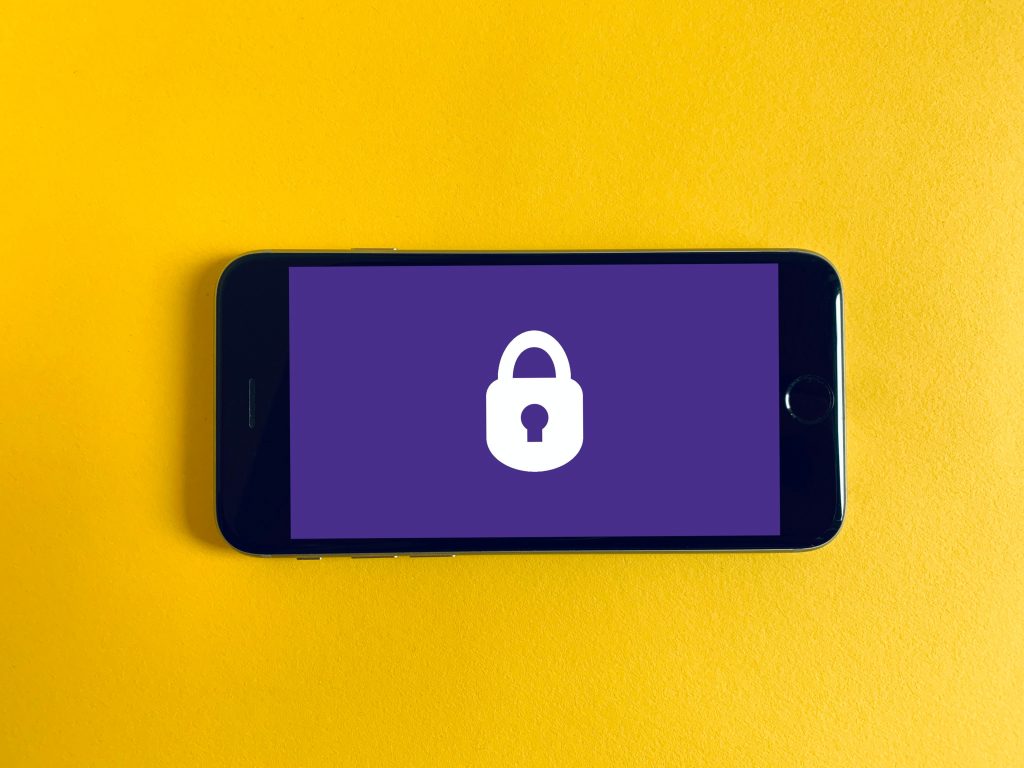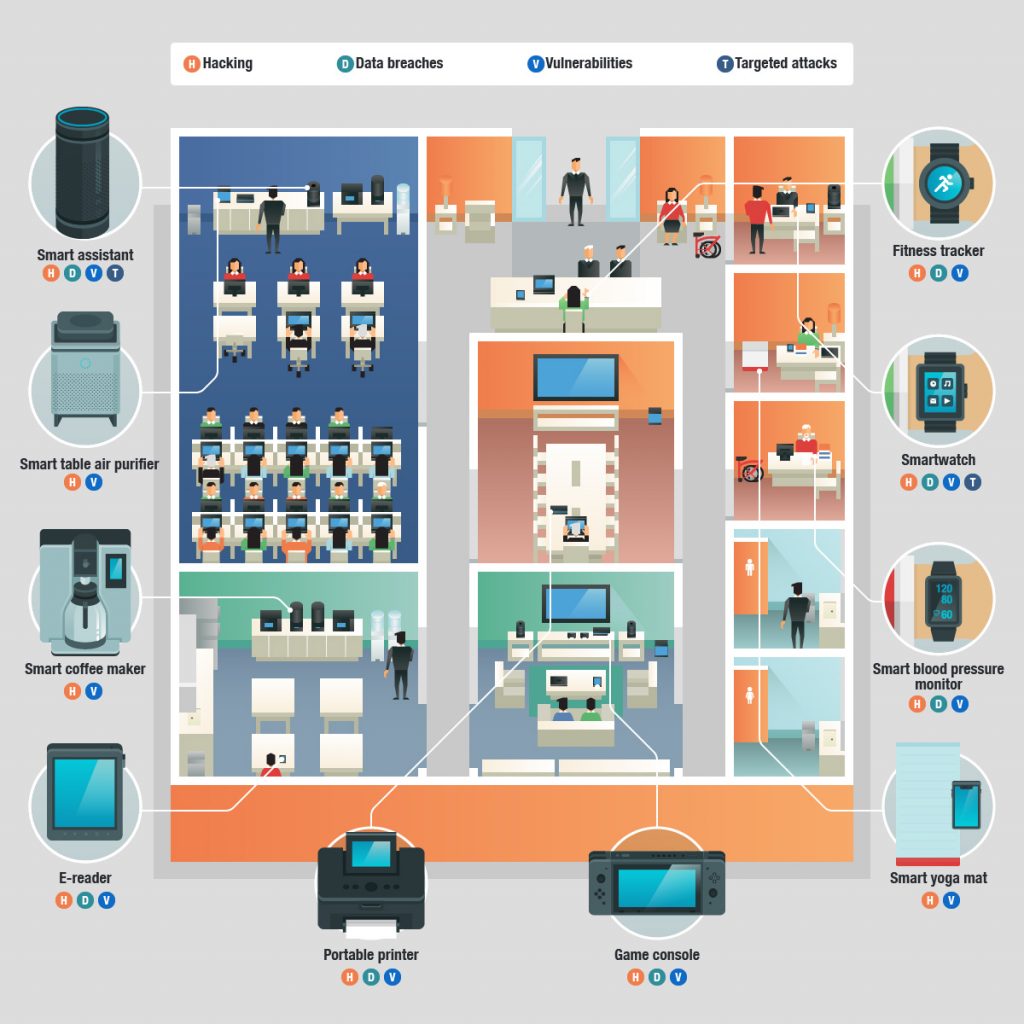Mobile Device Security in 2022 – Threats and Best Practices

Cyber attacks are here to stay, and their risks accelerate each year. If your company is operating on a bring-your-own-device (BYOD) policy, this means that your employees are using their personal mobile devices to access sensitive data – from anywhere.
And if you think that mobile security isn’t that important, you’ve just fallen for the number 1 mobile device security risk myth.
When taking into account your overall IT security, you must account for any devices that have access to your corporate servers and sensitive databases. And that includes potentially unsecured employee devices that increase the risk of cybercriminal activity and security breaches.
Just think about how we use our phones. Besides business applications, we use our mobile phone as a camera, personal assistant, bank, email portal, social media and so much more. And when you think that 86% of Australians own a smartphone, you can only begin to imagine how much data is at risk.
Read on to learn more about mobile device security, why it’s important, major threats and best practices that can help your company stay on top of mobile security.
What is mobile device security? What is mobile phone security?
Mobile device security, defined by IBM, “refers to being free from danger or risk of an asset loss or data loss using mobile computers and communication hardware.” Today, the devices considered mobile are smartphones, tablets, laptops, wearables and other portable devices that are running mobile operating systems and have access to the internet.
The goal of mobile security is to prevent hackers from accessing the enterprise network.
Why is mobile device security important?
Without a security plan in place, organisations leave themselves vulnerable to malicious software, data breaches and other harmful mobile threats.
Security breaches can cause major business disruption, resulting in loss of productivity even when you have data backups and a cyber resilience plan in place.
Mobile device security in the workplace is a real threat, especially since by 2025, almost 80% of internet traffic will come from smartphones, tablets and other Internet of Things (IoT) devices (Cybersecurity Ventures). And whether your device is running Android, macOS, iOS or OS Windows 11, cybercriminals will find the attack surface.
An example of a device security breach is the 2016 HummingBad Android malware that put 85m devices at risk (now there’s Play Protect, Google Play’s built-in mobile malware protection for Android).
What are mobile device security threats?
Mobile security and privacy threats exist across all components of the mobile ecosystem. This means that the security approach differs from the ones developed for desktop workstations.
What are the types of mobile device security risks?
- Lost or stolen devices
- Viruses, malware and spyware
- Social engineering
- Unsecure WiFi network connections
- Malicious apps
- Poor passwords
- Out of date operating system

Threats of IoT mobile devices in BYOD environments. Source: Trend Micro
Lost or stolen devices
The information stored on a phone is worth more than the device itself. The loss of productivity, data breaches, support and time management all add up. A solution to this is to make sure you secure your mobile data with backup, remote locate and remote wipe.
Viruses, malware and spyware
It’s 2022, and it’s startling how many people are still shocked to find out that mobile devices can have viruses. Mobile devices are vulnerable to a plethora of cyber attacks, including spyware (most commonly installed on a device when people click on a malicious advertisement or “malvertisment”), malware, ransomware or viruses. To protect yourself, a basic line of defence for your device security is to make sure you install mobile security software such as an antivirus.
Social engineering
Social engineering attacks are when hackers are trying to trick your employees with fake emails or text messages engineered to look legitimate. Called phishing attacks, the best way to avoid them – and the data breaches associated with such an attack – is to train your employees on how to spot them.
Unsecure network connections
Public WiFi connections are generally unsecure, and an easy way for hackers to capture data (“man in the middle” attack). One way to secure your mobile device is to turn off your WiFi and Bluetooth in public spaces. Mobile device WiFi security golden rule: don’t join any public networks.
Malicious app
With so many apps available on the market, the risk of data leakage through an application is nowadays one of the biggest mobile device security attacks. Apps make organisations even more vulnerable because, usually, employers have less control over the apps that their staff use. This is why mobile app security testing is crucial for enterprises.
Poor passwords
Let’s face it, people still use weak passwords, and your employees probably do too. What’s worse, they might also reuse the same password between work or personal accounts. Make sure your workplace uses a password manager, as well as multi–factor authentication.
Out of date operating system
Updates are essential, as they are responsible for patching vulnerabilities. With mobile threats happening in real-time, so are the fixes required. An out of date OS means a vulnerability open to exploitation.
What are mobile device security best practices?
To ensure your organisation’s data is protected, your company should contact your managed service provider to help you implement a security framework for mobile device security.
When it comes to mobile device security best practices, key recommendations include:
- Lock your device – this means to have devices protected with passwords or biometrics
- Run updates – always update your devices and applications to keep up to date with vulnerability patches
- Don’t use public Wi-Fi – ensure your employees have access to plenty of data on their devices so they don’t have to connect to unsecure networks
- Use a password manager – a password manager helps you generate unique, secure passwords
- Make sure you backup your data in the cloud – the Internet of Things is in the cloud, so cloud security is essential
- Use MDM/MAM (Mobile device management/Mobile application management) tools – they are both enterprise mobility management strategies that are implemented to keep corporate data safe.
While none of these solutions is enough on its own, making sure you tick all of these will guarantee much better protection when it comes to the mobile devices your SME or enterprise uses.
How to ensure your business has appropriate mobile device security
Mobile device security has a lot of layers, and finding the best solution between productivity, privacy and security, depends on what software your company uses, and on whether your employees also have personal information stored on the same devices.
Every business is unique, and the ongoing challenges in mobile security make the help of a managed service provider partner invaluable. Contact us today and we can work out the best mobile IT security solution for your organisation.
